
Vauxhall Astra Hatchback (2015-2021) engines, drive and performance
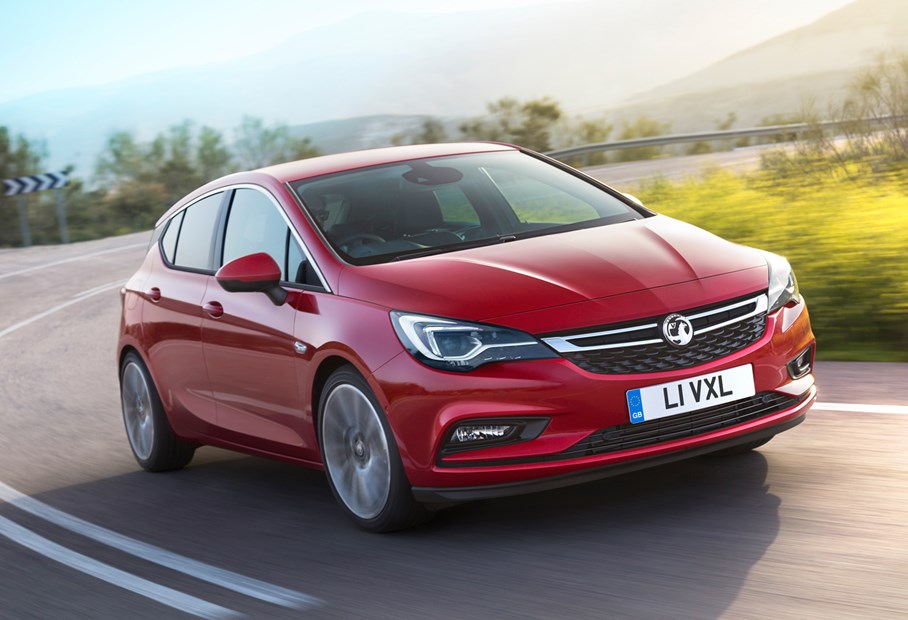
- Broad range of conventional engines
- Mixture of three- and four-cylinder units
- But no hot hatchback model
Petrol engines
Early Vauxhall Astras were available with a choice of four petrol engines. The range opened with a 1.4-litre unit, producing 100hp and 130Nm of torque at 4,400rpm. It was mated to a five-speed manual transmission. On-paper figures suggest it isn’t particularly thrilling to drive with a top speed of 115mph and a 12.6-second 0–60mph time.
Better was the 1.0-litre three cylinder motor producing 105hp and 170Nm from an easier-to-access 1,800rpm. Vauxhall’s Ecoflex fuel-saving measures were also fitted as standard, including stop/start. This could reach 121mph and sprint from 0–60mph in 10.5 seconds. Plus, you could have an automated manual gearbox as an optional extra.
In the middel of the range was a pair of turbocharged 1.4-litre units, producing 125hp and 150hp. Both engines delivered 245Nm of torque at 2,000rpm and were mated to six-speed manual gearboxes as standard. The 125hp model can sprint from 0–60mph in 8.6 seconds and hit a top speed of 127mph, while the 150hp version offers a 7.8-second 0–60mph time and a 134mph top speed. Power delivery for these units is linear, while overall refinement is fine for a mid-sized family hatch. The more powerful version could also be optioned with a six-speed automatic gearbox.
The performance flagship of the range was the 200hp 1.6-litre turbo engine, serving up 280Nm of torque from an impressively low 1,650rpm. It has a top speed of 146mph and 0-60mph time of 6.6 seconds.
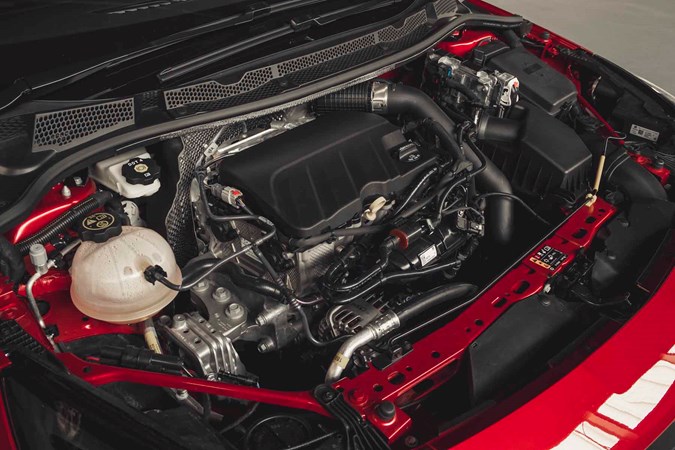
When the Astra was facelifted, Vauxhall revised its engine range with a new range of 1.2-litre three-cylinder engines. It was available in a choice of three power outputs – 110hp, 130hp and 145hp. The 110hp version has 195Nm of torque while the other two units produce 225Nm. Naturally, 0–62mph times scale with the extra grunt, taking 10.2, 9.9 and 9.7 seconds respectively.
The 145hp unit provides a good amount of performance considering the size and weight of the car it needs to haul. However, the manual gearbox’s long gearing (which was designed to improve fuel economy) means it can trip over itself when trying to crawl at low speeds in second gear.
The Astra was also available with a larger 1.4-litre petrol engine after the facelift – and it’s a little more user-friendly. It also produces 145hp, but it’s only available with a CVT automatic transmission. It also gets a little more torque a faster 0–62mph time (9.3 seconds) over the equally powerful 1.2-litre unit.
Where this version excels however is in its ability to pick up and go, although that initial punch does wane as the speed increases. It’s also much nicer than most CVT units in other cars, thanks to artificial steps designed the make it feel more like a conventional automatic gearbox.
Diesel engines
When the Astra was first launched, it was offered with three versions of Vauxhall’s well-regarded 1.6-litre CDTi ‘Whisper’ diesel, serving up 110hp, 136hp and 160hp. Unsurprisingly, the lowest powered version was the slowest Astra with a 121mph top speed and a 0–60mph time of 10.3 seconds.
Those figures improved to 124mph and 10.2 seconds when paired with Vauxhall’s optional fuel-saving Ecoflex measures added on. Despite its eco-focused and sensible nature, this engine still felt perky on the road and was surprisingly enjoyable to drive thanks to its torquey power delivery. The six-speed manual gearbox was slick, with a direct action.
The 136hp engine was the most popular of the diesel line-up, with 320Nm at 2,000rpm versus the 110hp’s 300Nm at 1,750rpm. It could reach a claimed 127mph and sprint from 0–60mph in 9.0 seconds. Topping the diesel range was the 160hp BiTurbo, generating 350Nm of torque at just 1,500rpm. It promised reach 137mph and could dashed from 0–60mph in 8.1 seconds.
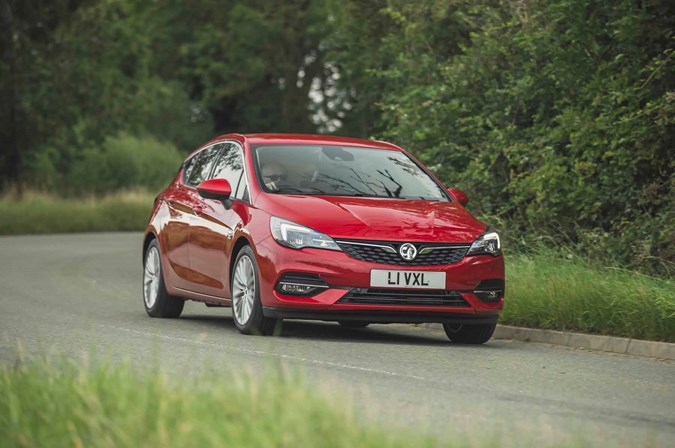
Again, when the Astra was facelifted, its diesel range shrunk – this time to a 1.5-litre engine with either 105hp or 122hp. The lower-powered version was offered with a manual gearbox only, while the more powerful could be paired with a nine speed auto. The automatic cracks 0–62mph in 10.2 seconds flat, (the same as the 105hp) but with a manual ‘box this drops to 9.7 seconds.
We’ve driven the 122hp manual Astra and found it more flexible than the petrols, but quicker to run out of acceleration at the top of the rev range.
Handling
- Lightness improves overall agility
- Comfortable, but firmer than key rivals
- More engaging to drive than its predecessor
By honing the Vauxhall Astra’s handling on challenging British roads, its makers believed it would be enjoyable to drive whatever demands are placed upon it. After just a short while behind the wheel we noticed that the old Astra felt more agile than its predecessor, thanks to that weight-saving programme which saw up to 200kg shed from its heft.
Not only were its underpinnings lighter, but consequently other components were too. So, because there’s less of the car to accelerate and stop, the engines and brakes on offer could be smaller and lighter as well.
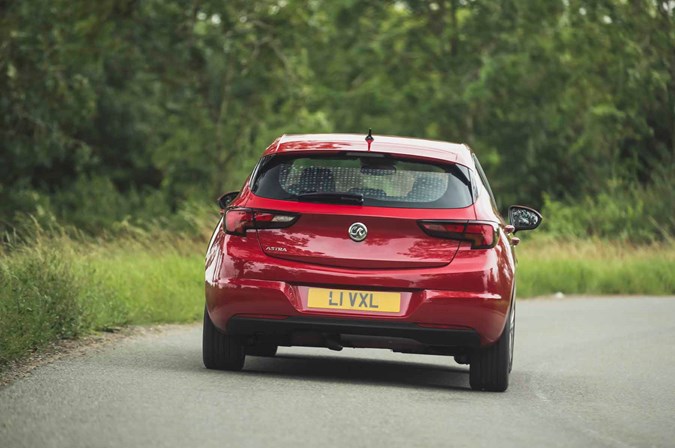
While it’s undeniably fun to flick through a series of challenging corners, it’s not quite up to the same level as the contemporary Ford Focus or Volkswagen Golf, but it makes a decent fist of things. Cornering traction is good, although some may feel the level of steering assistance is too generous, making it feel a shade too light and lacking as much feel as its rivals.
Ride comfort is good in most conditions although poorly surfaced asphalt exposes the Astra’s inherent erring towards firmness. Passengers are unlikely to complain but it detracts from the polish of the set-up. A host of electronic systems are available to rein in driver waywardness and keep the Astra in check, including torque vectoring by brakes which applies braking pressure to the inside wheels on a bend in order to increase agility.


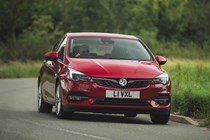

.jpg)
.jpg)
.jpg)
.jpg)
.jpg)
.jpg)
.jpg)
.jpg)
.jpg)
.jpg)
.jpg)
.jpg)
.jpg)
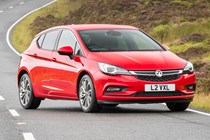
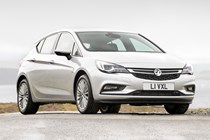
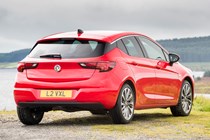
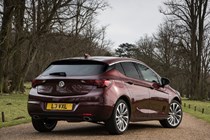
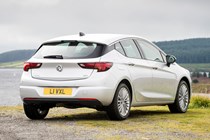
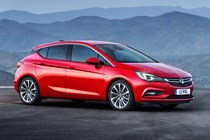

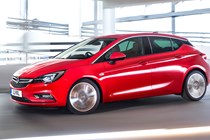
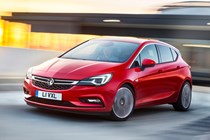
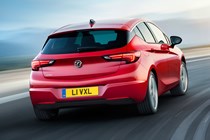
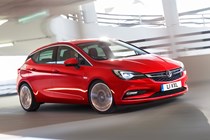
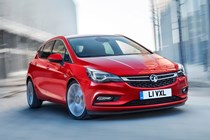
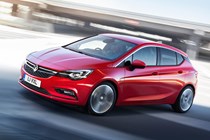
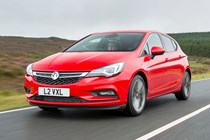
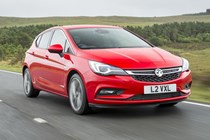
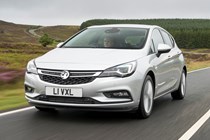
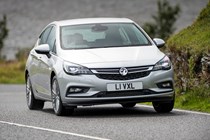
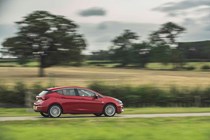
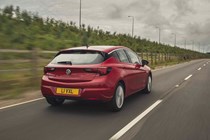


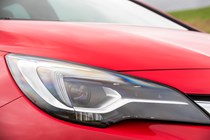
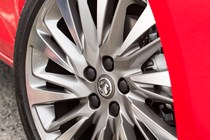
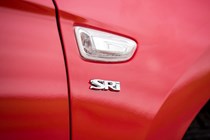

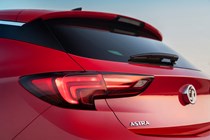
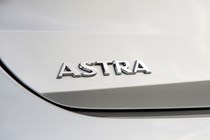
.jpg)
.jpg)
.jpg)
.jpg)
.jpg)
.jpg)
.jpg)
.jpg)
.jpg)
.jpg)
.jpg)
.jpg)
.jpg)
.jpg)
.jpg)
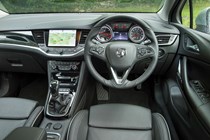

.jpg)
.jpg)
.jpg)
.jpg)
.jpg)
.jpg)
.jpg)
.jpg)
.jpg)
.jpg)
.jpg)
.jpg)
.jpg)
.jpg)
.jpg)
.jpg)
.jpg)
.jpg)
.jpg)
.jpg)
.jpg)
.jpg)
.jpg)
.jpg)
.jpg)
.jpg)
.jpg)
.jpg)
.jpg)
.jpg)


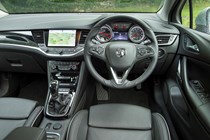


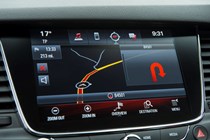
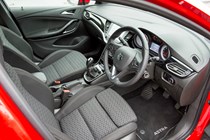

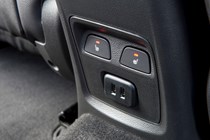
.jpg)
.jpg)
.jpg)

.jpg)
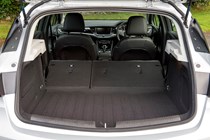
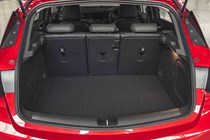
.jpg)
.jpg)
.jpg)
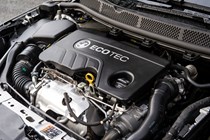
.jpg)





.jpg?quality=50)
.jpg?quality=50)
.jpg?quality=50)
.jpg?quality=50)
.jpg?quality=50)
.jpg?quality=50)
.jpg?quality=50)
.jpg?quality=50)
.jpg?quality=50)
.jpg?quality=50)
.jpg?quality=50)
.jpg?quality=50)
.jpg?quality=50)



























.jpg?quality=50)
.jpg?quality=50)
.jpg?quality=50)
.jpg?quality=50)
.jpg?quality=50)
.jpg?quality=50)
.jpg?quality=50)
.jpg?quality=50)
.jpg?quality=50)
.jpg?quality=50)
.jpg?quality=50)
.jpg?quality=50)
.jpg?quality=50)
.jpg?quality=50)
.jpg?quality=50)


.jpg?quality=50)
.jpg?quality=50)
.jpg?quality=50)
.jpg?quality=50)
.jpg?quality=50)
.jpg?quality=50)
.jpg?quality=50)
.jpg?quality=50)
.jpg?quality=50)
.jpg?quality=50)
.jpg?quality=50)
.jpg?quality=50)
.jpg?quality=50)
.jpg?quality=50)
.jpg?quality=50)
.jpg?quality=50)
.jpg?quality=50)
.jpg?quality=50)
.jpg?quality=50)
.jpg?quality=50)
.jpg?quality=50)
.jpg?quality=50)
.jpg?quality=50)
.jpg?quality=50)
.jpg?quality=50)
.jpg?quality=50)
.jpg?quality=50)
.jpg?quality=50)
.jpg?quality=50)
.jpg?quality=50)









.jpg?quality=50)
.jpg?quality=50)
.jpg?quality=50)

.jpg?quality=50)


.jpg?quality=50)
.jpg?quality=50)
.jpg?quality=50)

.jpg?quality=50)
